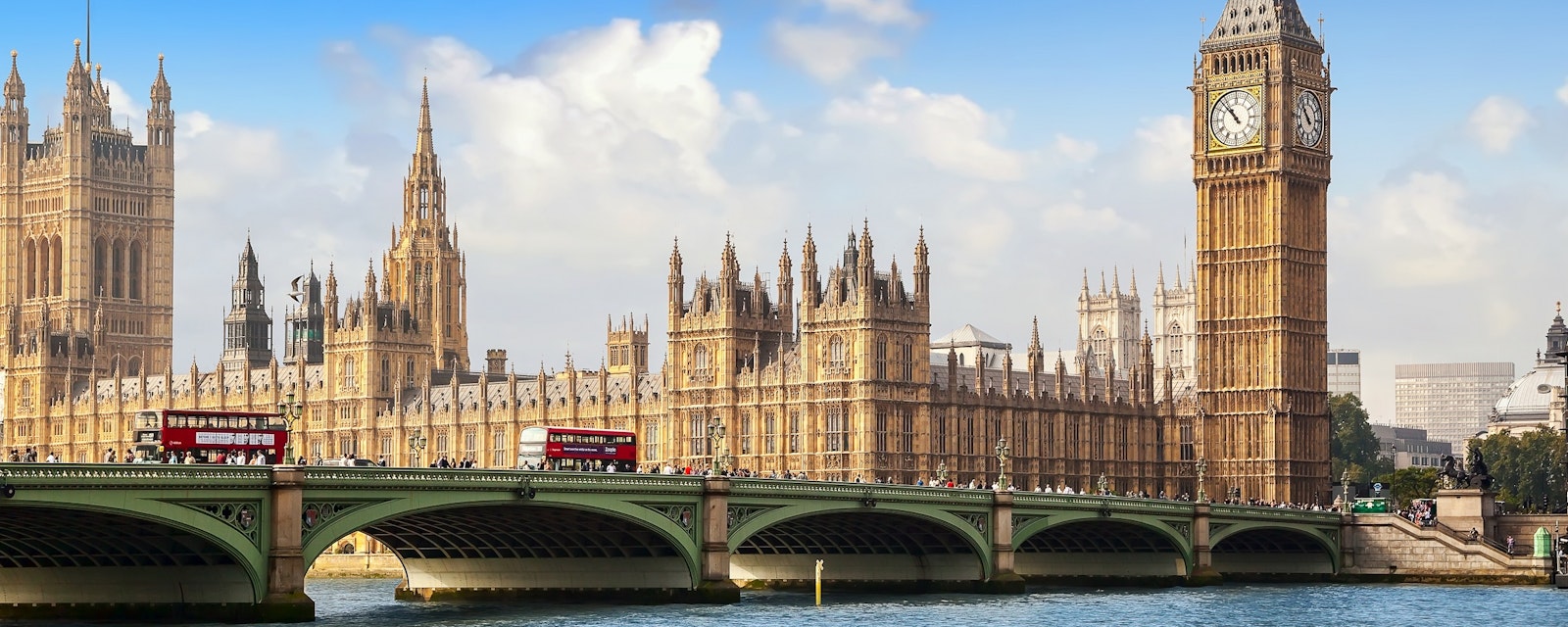Prime Minister Boris Johnson's Conservatives have won a clear majority of 80 seats in the general election. The opposition Labour party collapsed, while the Liberal Democrats also lost seats. The other big winners were the Scottish Nationalists (SNP).
As a result, Johnson’s Brexit deal will now swiftly be passed through Westminster, with voting perhaps starting even before Christmas. But as discussed previously, a Tory majority might create even bigger political volatility beyond that. The Tory majority was elected on a manifesto refusing to extend the transition period beyond 31 December 2020. This would leave only eleven months to finalize the future EU-UK relationship. For this plan to succeed, clarity would be required from the UK on the many trade-offs between sovereignty and market access. But the electoral campaign has discussed none of this seriously.
There will therefore be a real risk of a no-deal exit from the transition period in late 2020. A bare-bones (zero tariffs/quotas) trade deal would probably be the best possible outcome. The question will then be whether this will be passed in Westminster despite the attached UK obligations to stick to EU rules on everything from taxation to workers’ rights and the environment. Still, such a deal would leave most no-tariff barriers unaddressed until further, perhaps sector-specific deals might be concluded over the coming decade or so.
The clear majority might empower Johnson to roll back on some of his electoral promises and, for instance, extend the transition. Such a scenario should not be ruled out, but the political risks over the medium term should not be underestimated either. Most importantly, the advocates of a clear-cut Brexit can no longer be narrowed down to a small group of hardliners – with a Remain majority in parliament preventing no-deal. Instead, each and every Tory MP has been elected on the promise to not prolong the transition. The effects from breaking Brexit promises on internal Tory cohesion will therefore be more difficult to assess, and the overall Remain majority in parliament is gone.
Three other aspects should be kept in mind:
- Tory voter change: The Tories seem to have succeeded in uniting the Brexit vote, winning working-class seats from Labour. They will now have to strike a balance between their traditional pro-business leanings and their new position as the representatives of the English, anti-globalist working-class. The risks from this new voter coalition should not be underestimated, whether for fiscal, regulatory, tax or trade policies.
- Scottish independence: The SNP seems to have further consolidated its position. A second independence referendum could have been a condition if Labour would have depended on the SNP to form a government. With a clear Tory majority, this is much less likely. However, the political pressure coming from Scotland will not go away in the run-up to the next Scottish regional election in 2021.
- Labour: After this bruising defeat, it is difficult to see how the left-leaning leadership under Jeremy Corbyn could stay on. However, the structural question of the viability of Labour’s traditional voter coalition (urban liberals and working-class voters) will not go away, regardless of who Labour would eventually elect as a successor. Tory infighting, rather than a strong opposition, will therefore be the main risk for Johnson, at least for now.




